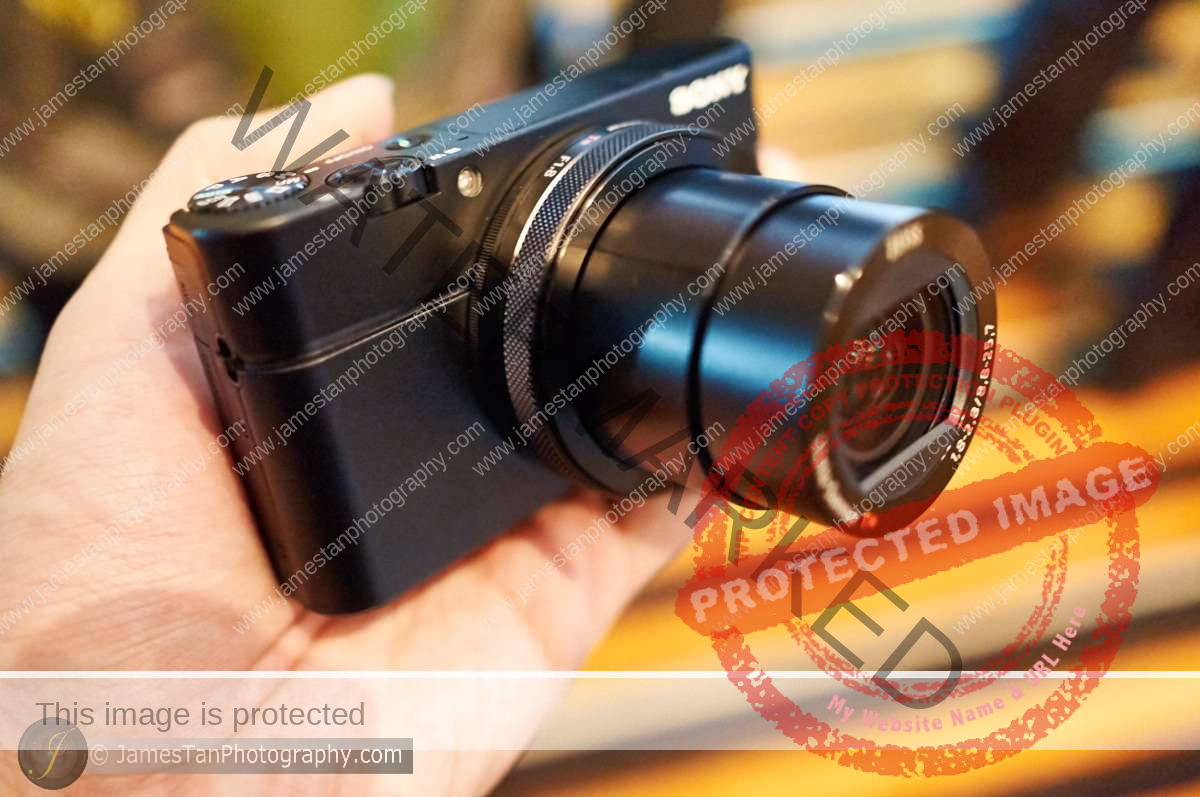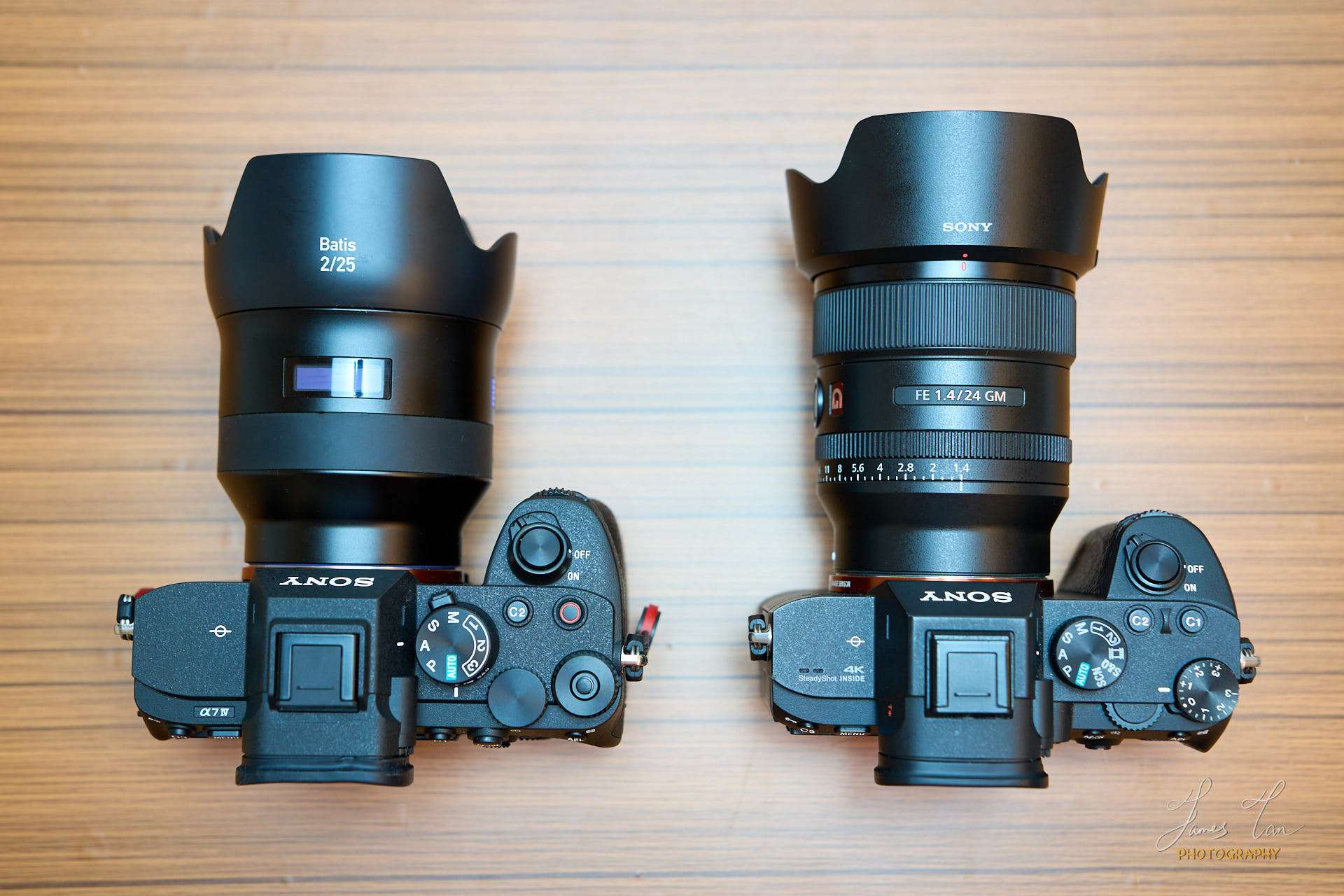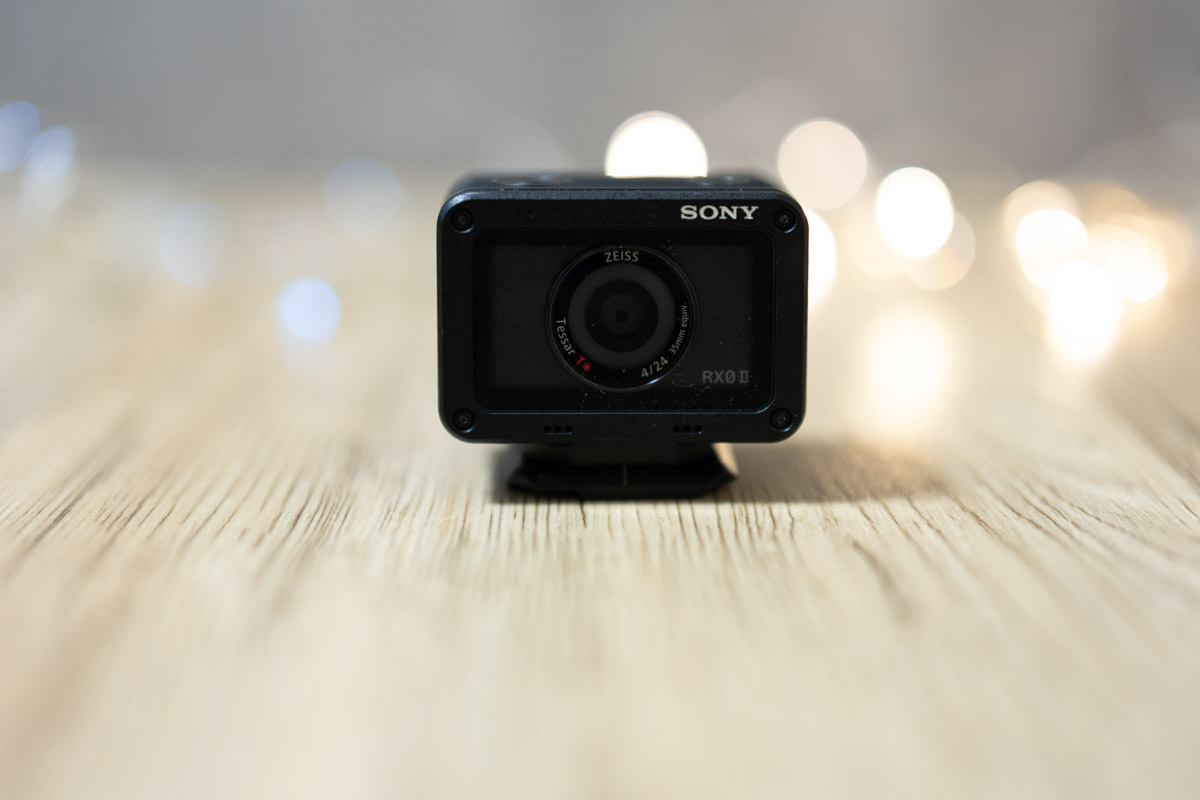You’re ready to take your photography beyond phone snapshots. Whether it’s to document your travels, capture precious family moments, or kickstart your hobby, a dedicated camera can unlock a new level of control and quality. But with so many brands, specs, and systems, where do you start?
I originally wrote a similar post back in 2013, but with how much technology has advanced, some options like DSLRs and point-and-shoots (P&S) are now less relevant. So here’s a fresh, beginner-friendly guide with everything you need to know before buying your first camera in 2025.
1. Understand the Camera Types
Before diving into brands or specs, let’s take a quick look at the main types of cameras — each comes with its own strengths (and quirks)!
Smartphones
- Perfect for learning the basics of photography
- Easy, always in your pocket, and surprisingly powerful
- Usually comes with different focal lengths – convenience for capturing different gernes from landscapes to portraits
- Insignificant background blur (undoubtedly, computational bokeh will become as natural as optical bokeh, in the near future)
- Cannot swap the lens (smartphones simulate the focal lengths in between the actual lenses through digital zoom, at the expense of losing the image quality)

Point-and-Shoot Cameras (P&S)
These used to be the go-to option before smartphones became so advanced. Some high-end models still offer great zoom in a compact body (usually can fit comfortably in pants pocket), but honestly, most people find their phone already does the job just as well (if not better).

Mirrorless Cameras (M43 / APS-C / Full-Frame)
This is where things get exciting. Mirrorless is now the most popular choice for hobbyists and pros alike.
- Smaller and lighter than DSLR
- Excellent AF performance
- Good to excellent image quality
- Flexibility to swap lenses for creativities
- Not as compact and convenient as smartphones
- More costly when getting the necessary accessories like extra batteries, charger, camera bag, editing software, etc.
- Need post-processing to bring out the juice – no instant sharing on social media

Don’t stress too much about the whole mirrorless vs DSLR debate. To keep it simple: mirrorless cameras are just a newer, more compact design that offer the same great image quality and performance you’d expect from a DSLR — just without the bulky mirror mechanism inside. As shown in the sample shot above, you can directly see the sensor in a mirrorless camera.
DSLR
Still reliable, especially if you’re buying second-hand or on a budget. But fair warning: they’re bulkier and are slowly being phased out as brands shift to mirrorless systems. Most brands have already stopped production for DSLR.
Action Cameras / Drone Cameras
If you’re into adventures, sports, or scenic aerial views, you’ve probably come across action cameras (like GoPros) or drones with built-in cameras.
- Action cameras are tiny, tough, and built to capture smooth video even when you’re biking down a hill or diving underwater.
- Drone cameras give you stunning bird’s-eye views and cinematic shots from the sky.
But here’s the thing — these cameras are designed primarily for video, not still photography. Their photo quality and control options are usually quite limited compared to regular cameras or even smartphones.
So unless you’re specifically looking to record action-packed videos or aerial footage, these are better as supplementary tools, not your first camera for learning photography.

Why Picking Interchangeable Lens Camera (ILC)?
Mirrorless and DSLR cameras let you change lenses — wide-angle lens for landscapes, telephoto lens for wildlife, fast primes for creamy portraits. But here’s something to keep in mind: every brand has its own lens mount (like Sony E, Nikon Z, Canon RF, etc.).
Yes, you can use adapters to mount lenses across systems, but you might lose autofocus speed or some functions.
If you’re just starting out, stick with a popular camera brand and lens mount — it’ll make finding lenses and accessories easier (and cheaper!) down the road.

2. Start With a Purpose
Before buying anything — whether it’s a camera, a new phone, or even a coffee machine — it helps to know why you want it. The same goes for your first camera. So, ask yourself: What do I really want to use it for? Travel? Family memories? Exploring photography as a hobby or career?
Getting clear on your purpose will save you from spending too much (or too little!) on something that doesn’t quite fit.
The Casual Traveler
- Prioritize portability and ease of use
- A compact mirrorless or a premium point-and-shoot like the Sony RX series (which uses a 1-inch sensor) could be a great fit
- Non-interchangeable lens cameras usually more compact and convenient, especially those equip with retractable zoom lens
Let’s be honest — traditional point-and-shoot (P&S) cameras don’t offer much of an upgrade over today’s smartphones. In fact, your phone might outperform many of them. That’s why modern compact cameras are now more like premium niche tools — often packing larger sensors into pocketable bodies or even fit a super optical zoom like 24mm – 200mm.
If you love travel but don’t want to carry a bulky camera, these might hit the sweet spot.

The Hobbyist Parent or Pet Owner
- Look for reliable autofocus and decent low-light performance
- Good low-light performance to get a better image quality for shots taken indoors or at dusk
- APS-C mirrorless cameras with a standard zoom lens (e.g. 18-55mm or 16-50mm) are solid choices
Let’s face it: kids and pets don’t sit still. You’ll want a camera that can keep up with their energy. That means quick autofocus and decent performance in tricky lighting (like indoor birthday parties or golden-hour park strolls).
Bonus tip: Many third-party lenses (e.g., from Sigma, Tamron, Viltrox) offer great quality and constant apertures at a more affordable price than first-party (OEM) options.

The Future Pro
- Want to grow with the gear and eventually take paid gigs
- Consider the lens ecosystem — both OEM and third-party
- Progressively upgrade and expand your gears
If you plan of doing paid shoots someday — weddings, events, portraits — it’s worth thinking long-term. Look into camera systems with:
- A wide selection of lenses (affordable primes, fast zooms, etc.)
- Compatibility across APS-C and full-frame, if possible
- Upgrade potential without needing to switch systems later
Quick heads-up:
- Full-frame (FF) lenses work perfectly on APS-C cameras.
- But APS-C lenses often don’t fully cover full-frame sensors – you’ll either get vignetting or cropped resolution.
So if you’re thinking of going full-frame later, starting with full-frame lenses (even on APS-C camera) could be a smart investment.

3. Know Your Budget (And What Comes With It)
It’s easy to get swept away by camera specs and reviews, but don’t spend your full budget on the camera body alone. Accessories matter – and they add up:
- Extra battery and external battery charger
- Fast memory cards
- Camera bag
- Basic tripod
- Lens filters (if needed)
- Editing Software
- External storage for photo archival
If you’re buying an interchangeable-lens camera, consider your first lens as part of the budget. Kit lenses are great to start with, but you might eventually want a brighter prime or zoom lens.

4. Choose a Camera That Shoots RAW
RAW gives you more flexibility in editing—especially for recovering details in bright skies or adjusting white balance accurately.
Even many smartphones shoot RAW now, so your first camera should too. Most mirrorless and DSLRs support it.
A quick comparison of highlight recovery in RAW and JPEG:



Pay attention to the overexposed white wall. The shadow pattern is recovered in the RAW file but nothing is recovered from the JPEG file. Don’t be surprised, you will encounter such extreme exposure more often than you imagine, and using RAW will save you the day 😉
How Do I Know It Is A RAW File?
Although it is commonly called RAW in the camera settings, but the actual RAW files have different file extensions
- Phone – generally use .DNG (Digital Negative)
- Camera’s RAW files varies among brands, e.g., Sony .ARW, Canon .CR2, Nikon .NEF, etc.
Just make sure that you have choosen RAW as the file format in the camera settings.
5. Don’t Obsess Over Brand
Canon, Sony, Nikon, Fuji, OM System—they all offer excellent models. What matters more:
- How the camera feels in your hand
- Intuitive menus and controls
- Ecosystem (lenses, flash, accessories)
- Local service support (for warranty or repairing)
Visit a camera store and try holding a few. Try to rent your preferred model and test it out for a few days before making the purchase.
6. What Should You Look Out For Before Making the Commitment?
If you’ve rented a camera and lens — great move! Now’s the perfect time to test things out and make sure they really fit your needs before buying. Here are a few things you might want to pay attention to during your trial:
Autofocus Performance
Try shooting a mix of subjects — still objects, walking people, moving vehicles, pets, or kids — and see how well the autofocus performs.
- Watch for a green focus confirmation when half-pressing the shutter (or tapping, if using touchscreen).
- After taking the shot, review it on a bigger screen (like your computer). Zoom in to 100% (no more!) and check if the part you focused on is tack sharp.
- If the focus feels unreliable, try switching lenses. That helps determine whether the issue is with the camera body or the lens.
- It is common that the sequence photos of a moving subject has a mixed in-focused and blurry result, but you should get at least 70 – 80% of sharply focused photos out of the sequence
- Also check that your shutter speed was fast enough — sometimes motion blur can be mistaken for bad focus!
Optical Performance
Beyond sharpness, every lens has its own character. Here are a few things to look out for:
- Check for issues like distortion or color fringing (chromatic aberration). Most photo editors can fix these with the correct lens profile, but it’s good to know how bad it gets straight out of camera.
- Most modern lenses are sharp in the center, even wide open (like at f/1.8 or f/2). You only need to worry about corner sharpness if you’re into landscapes or architecture, where you often shoot at f/8 or f/11 and want edge-to-edge clarity.
- Bonus: Take a look at the bokeh (the blur in the background). Is it smooth and creamy? Or busy and distracting? Higher-end lenses usually produce a more pleasing, natural background blur (with minimal/no onion ring effects).
What About The Camera Menus?
Don’t feel overwhelmed by the buttons or menus at first — every camera has a learning curve. Most models allow you to set custom shortcuts for your most-used settings, and it takes a bit of time to find what works best for you. Start with the basics, shoot more, and the muscle memory will follow.
Don’t Stress Too Much — There’s Always a Newer Model Coming
Don’t worry about getting the “perfect” first camera — technology keeps evolving, and most brands release a new version every 3 to 5 years. It’s just part of the game!
Instead, try to get the best lens you can afford within your budget. Lenses have a much significant impact on image quality, and they tend to stay relevant for longer — sometimes 5 to 10 years before a real upgrade comes along. A good lens is a long-term investment that you can carry forward even as you change camera bodies in the future.
7. Try the Workflow Before Committing
Although this point was mentioned in the previous post – Do I Need A Dedicated Camera To Start Learning Photography, but I still want to highlight it again. Before buying a dedicated camera, simulate the full photography workflow using your smartphone:
- Shoot in RAW (if available) – take a day tour and capture hundreds of photos
- Cull photos (accept/reject the ones you like)
- Import into software like Lightroom, Capture One, or Darktable
- Edit basics: exposure, white balance, crop
- Export and review your work after a few days
If this process excites you, you’re likely ready for a dedicated camera. If it feels tedious, you might not need one yet.
8. When Should You Buy?
Hold off if:
- You haven’t tried editing or organizing photos yet
- You’re unsure what features you truly need
- You are not familiar with the exposure settings
- You expect to have the photos immediately available for sharing on social medias
Go ahead if:
- You regularly shoot and feel your phone is limiting your creativity
- You want more control over exposure, lens choices, and image quality
- You enjoy editing and seeing your work improve over time
Bonus tip: Rent a camera for a trip to test if it’s worth investing long-term.
Final Thoughts
Getting a new camera is exciting, but don’t rush it. Learn the basics with your phone, try the full workflow, and understand what kind of photographer you want to be. Once you hit your phone’s limits and crave more creative control, you’ll know it’s time to upgrade.
And when that time comes, you’ll choose a camera that truly fits your journey – not just the trend.
Happy shooting!



